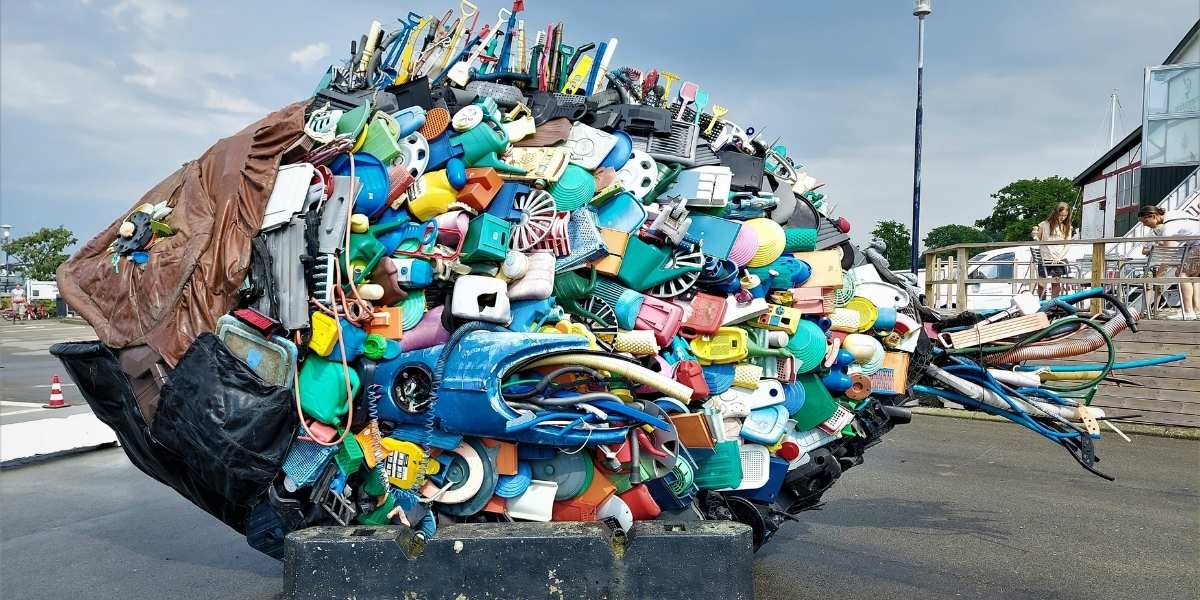Unexpected events are a part of life. Whether it’s an urgent medical expense, car repairs, or sudden job loss, having a financial cushion can ease the stress of facing such challenges. One of the most effective ways to be prepared is by building emergency funds. By setting aside money for unforeseen expenses, you can maintain peace of mind and avoid going into debt when things go wrong.
Read Also: Tennessee Real Estate: Trends & Opportunities
Why Are Emergency Funds Essential?
Emergency funds are a safety net designed to cover expenses that arise unexpectedly. These funds can help you manage a variety of emergencies, from car accidents to medical bills, without having to rely on credit cards or loans. Research suggests that having emergency funds is key to maintaining financial stability, especially during times of uncertainty.
Many financial experts recommend having at least three to six months’ worth of living expenses saved. This cushion provides the flexibility to manage emergencies without derailing your long-term financial goals. Without emergency funds, people may struggle to cover the costs of unexpected events, often leading to financial strain.
How Much Should You Set Aside for Emergency Funds?
The amount you need to set aside for emergency funds depends on your monthly expenses and personal circumstances. Start by calculating how much you spend on essential items each month, including rent, utilities, groceries, and transportation. Multiply this amount by three to six months, depending on your comfort level and job security.
For example, if you spend $2,500 a month on essential expenses, your emergency fund should range from $7,500 to $15,000. This fund will cover your basic living expenses if you encounter a sudden job loss or face an unforeseen event. It’s important to adjust the amount based on your situation. If you have dependents or live in a high-cost area, you may need a larger fund.
Where Should You Keep Your Emergency Funds?
Choosing the right place to store your emergency funds is essential. You want to ensure the money is easily accessible but not so easy that you’re tempted to dip into it for non-emergencies. A high-yield savings account is a good option since it offers liquidity and earns interest. Many banks also offer accounts with no minimum balance requirements or fees, making them ideal for emergency savings.
Some people also consider keeping a portion of their funds in a money market account, which offers higher interest rates than a traditional savings account. However, you should avoid investing your emergency fund in stocks, bonds, or other volatile investments. These options may provide higher returns, but they come with risks that are not ideal for emergency savings.
How Can You Start Building Emergency Funds?
Building emergency funds doesn’t have to be an overwhelming task. The key is to start small and remain consistent. Here are some simple steps to begin:
- Set a goal: Decide how much you want to save. Break down your target into manageable monthly or weekly savings goals.
- Automate savings: Set up automatic transfers from your checking account to your savings account each month. Even if it’s just $50 a week, consistency is what matters most.
- Cut unnecessary expenses: Review your monthly spending and see where you can reduce costs. Redirect the money you save from eating out or impulse shopping into your emergency fund.
- Consider windfalls: Use any bonuses, tax refunds, or unexpected income to give your fund a boost.
By setting realistic goals and staying disciplined, you can build an emergency fund over time without feeling financially burdened.
Why Should You Avoid Using Emergency Funds for Non-Emergencies?
It can be tempting to dip into your emergency funds for non-emergency purchases, but doing so can undermine the purpose of this financial safety net. The goal is to have funds available when true emergencies arise, such as job loss, medical bills, or major home repairs. Using your emergency fund for things like vacations or large non-essential purchases can leave you unprepared for a genuine crisis.
One of the best ways to ensure you don’t misuse your emergency funds is to separate them from your regular savings account. This way, you won’t be tempted to spend the money unless it’s truly necessary.
How to Stay Motivated While Building Emergency Funds
Building an emergency fund may take time, but staying motivated is key to its success. Here are some strategies to stay on track:
- Celebrate milestones: Celebrate small wins along the way. Whether you’ve saved $500 or $5,000, acknowledging progress keeps you motivated.
- Visualize the security: Remind yourself of the peace of mind your emergency fund provides. Knowing that you’re financially prepared for unexpected events can make the effort feel more rewarding.
- Stay consistent: Even if you can only contribute a small amount each month, consistency is more important than speed. Every contribution gets you closer to your goal.
By sticking to your savings plan, you can steadily build your emergency fund and ensure financial security in times of need.
Read Also: Agriculture and Farming: Importance of Agriculture to Tennessee’s Economy
Start Building Your Emergency Fund Today
An emergency fund is one of the most essential components of financial security. It prepares you for life’s unexpected events, ensuring that you’re not caught off guard during challenging times. By starting to save today, no matter how small the amount, you can gradually build a cushion that will help you navigate financial uncertainties.
Remember, building emergency funds is a long-term goal. The key is consistency and discipline. By prioritizing this savings habit, you’ll be better prepared for whatever life throws your way.








